Report ‘Soil monitoring in Europe’ now published
A tremendous effort has been invested in soil monitoring in Europe, at country- as well as EU-level. However, there is so far no comprehensive and updated state of knowledge to identify healthy soils and those requiring protection. For the last few years, the European Topic Centre on Urban Land and Soil Systems (ETC/ULS) has followed […]

 K. Duis
K. Duis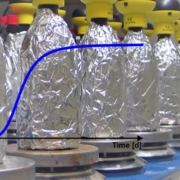 T. Junker
T. Junker
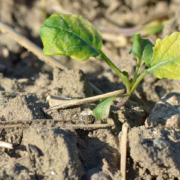 K. Duis
K. Duis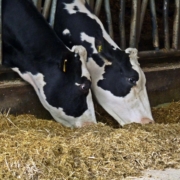 T. Junker
T. Junker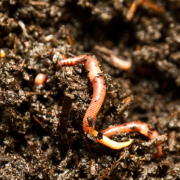 D. Leib
D. Leib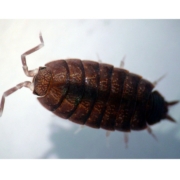 Britta Pohl
Britta Pohl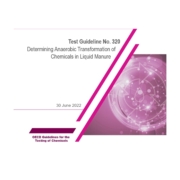
 Hydrotox - Labor für Ökotoxikologie und Gewässerschutz GmbH
Hydrotox - Labor für Ökotoxikologie und Gewässerschutz GmbH 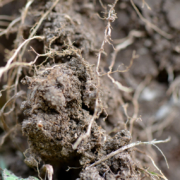 K. Duis
K. Duis